Cities, big and small, are becoming densely populated owing to the rise in urbanization. To efficiently manage traffic congestion, sanitation, waste management, environmental degradation & increasing energy consumption, municipalities are turning to innovative city solutions, such as the Internet of Things (IoT).
Implementing IoT-based smart city solutions is making urban life more convenient and safer. It is while helping cities improve infrastructure & public utility services. This article will explore the potential of IoT technology with practical IoT smart city examples, potential benefits, and more. So, let’s dive right in!
Real-world Applications of IoT in Smart Cities
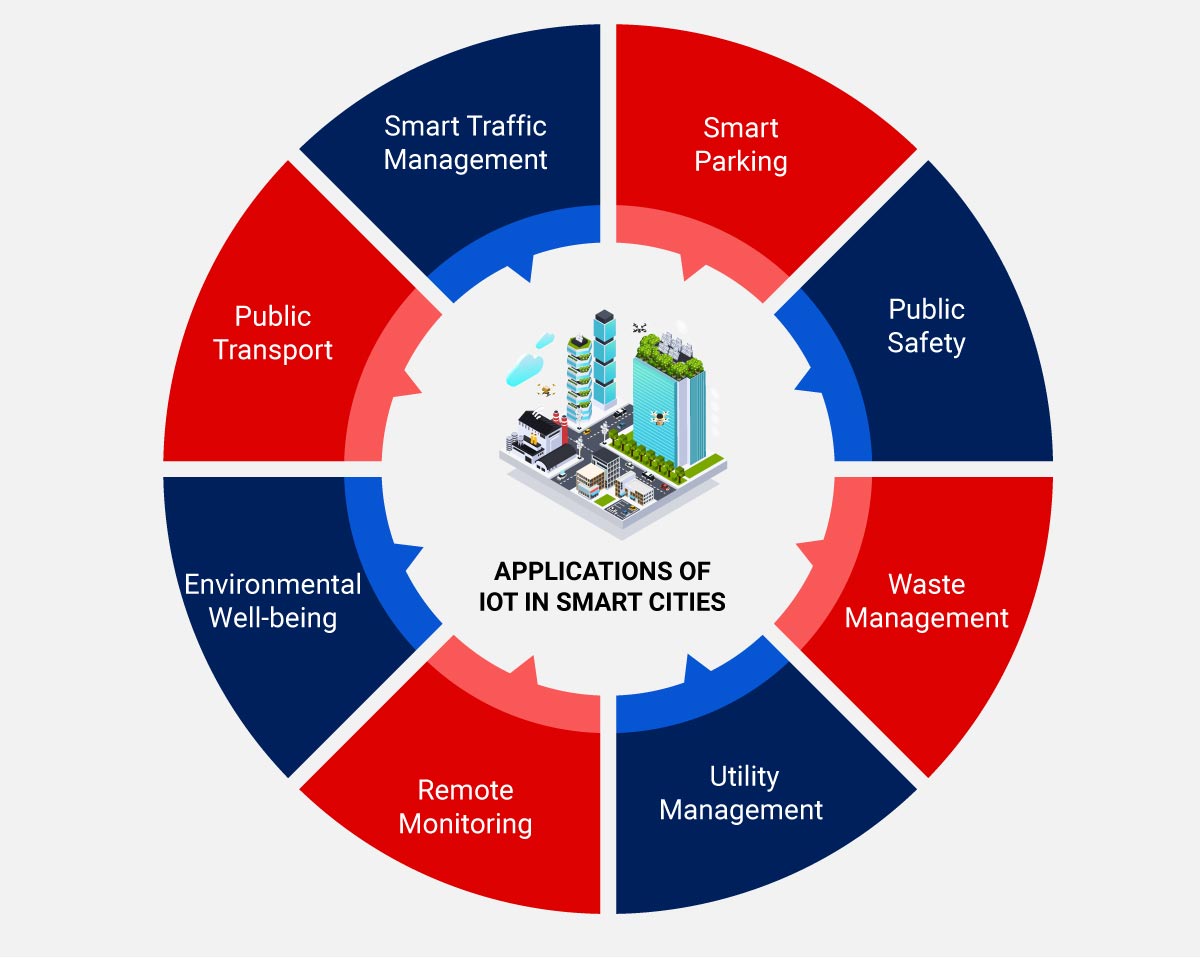
The Internet of Things (IoT) in smart cities has witnessed wide adoption. It helps improve efficiency, reduce costs, and enhance residents’ quality of life. It uses IoT-powered devices, such as connected Bluetooth sensors, RFID tags and meters, to collect real-time data for future analysis. Using this data, the municipalities can improve infrastructure, services, public utilities, and more.
Here are some real-world IoT smart city examples:
Smart Traffic Management
IoT sensors can be installed on traffic lights, roadways, and vehicles to collect data on traffic patterns, congestion, and accidents. This data can be used to optimize traffic flow, reduce congestion, and improve road safety. These solutions utilize sensors and GPS data from the rider’s smartphone to report the location and speed of a vehicle. Further, historical data enables the prediction of preferred routes and prevent potential congestion problems.
Real-life application:
New York: Piloting a project of connected vehicles (CTV) to eliminate traffic-related accidents, injuries, and damage to life and property.
Los Angeles: Has implemented CCTV and road-surface sensors to control traffic flow with real-time updates. The city has also deployed smart controllers that auto-adjust traffic lights based on changing traffic conditions.
Smart Parking
IoT sensors can be installed in parking spaces to detect when a spot is occupied and transmit that information to a central server. This data can guide drivers to available parking spots, reducing congestion and search time. The sensors embedded in the ground transmit the data to the cloud, immediately notifying the driver whenever a nearby parking spot is vacant.
Real-life application:
London (UK): The SmartPark project deployed in Westminster allows drivers to locate parking spaces on-the-go. It eliminates the hassles of time-consuming searches for a vacant spot and alleviates congestion.
Public Safety
IoT-enabled cameras and sensors can be installed in public spaces to monitor potential security threats, such as suspicious activity or unattended bags. IoT-enabled solutions come integrated with analytics, real-time tracking, and decision-making capabilities. Analyzing the data generated from CCTV cameras & acoustic sensors embedded throughout the city and the data generated from social media feeds helps predict potential crime incidents. This can help law enforcement agencies respond quickly and effectively to potential threats.
Real-life example:
New York (USA): NYC fire department uses predictive modeling and data analytics to identify crime hot spots. The city has also deployed a gunshot detection solution that uses connected microphones to transmit data to a cloud platform. This platform records the time taken by the sound of a gunshot to reach the microscope and estimates the gun’s location to alert the police on a mobile app
Waste Management
Waste collection operators use IoT-powered solutions to optimize collection schedules & routes with real-time tracking of waste levels, fuel consumption, and use of waste containers. IoT sensors can be installed in garbage cans and recycling bins to monitor the fill level and optimize waste collection routes, reducing costs and environmental impact. Every container is embedded with a sensor that records waste levels. Once a container nears the threshold level, the truck driver receives an instant notification on a mobile app to empty a full container and avoid emptying it when it’s half-full.
Real-life example:
New Jersey (USA): The municipality of East Brunswick has rolled out a recycling app enabled with IoT capabilities. It helps improve their communication with residents to create a positive environmental impact. The app connects all the residents to improve recycling rates and reduce waste.
Utility Management
IoT-equipped smart solutions enable citizens to save their money on home utilities with:
- Energy management: IoT sensors can be installed in buildings and homes to monitor energy usage and optimize energy consumption, reducing costs and carbon emissions.
- Smart lighting: IoT sensors can be installed in streetlights to adjust the lighting level based on ambient light, reducing energy consumption and pollution.
- Water management: IoT sensors can be installed in water distribution systems to monitor water quality, detect leaks, and optimize water usage, reducing costs and conserving resources.
Remote Monitoring
IoT-based smart city solutions also enable efficient utility management for citizens. They allow residents to use their meters to track and control resource consumption. For instance, a homeowner can turn off their HVAC system using a smartphone app. And in case of issues like leakages or potential failures, utility companies can notify households and send specialists for timely repairs and maintenance.
Real-life example:
New York (USA): MyNYCHA is a web application used for creating & managing public housing services online for 300+ public developments. This free service allows residents to submit, schedule and track their repair and maintenance tickets online. Residents can also subscribe to notifications in case of outages, shortages, and upcoming rent payments.
Environmental Well-being
IoT-powered solutions help municipalities remotely monitor environmental conditions. For instance, sensors are attached to water grids to inspect their quality and trigger notifications in case of leakages or changes in the chemical composition of water. The same technology is also used for measuring air quality in areas prone to pollutants and is critical to recommending solutions that improve air quality.
Real-life example:
Copenhagen (Denmark): Has set the green standard high by deploying smart grids to reduce carbon emissions from heating systems. This project includes new energy infrastructures that integrate all energy forms, including electric transport, energy-efficient buildings, and HVAC systems at full scale.
Public Transport
Traffic operators can use the data from sensors embedded in multiple sources to analyze and identify patterns of using public transport. This data helps achieve a standardized level of safety & timeliness while cutting wait times and enhancing the traveling experience for citizens. A smart city can also embed BLE beacons on roads and bridges to monitor wear and tear and repair them immediately in case of impending damage.
Real-life example:
London: Train operators use IoT technology to accurately forecast the payload of train passenger cars on their journey in and out of the city. They unify the data from CCTV cameras, sensors, and ticket sales to predict the number of passengers every car will load. When a train comes to the station, operators can encourage passengers to disperse across the train for uniform loading and optimal use of capacity.
Overall, IoT technology is a valuable tool for improving the efficiency and sustainability of smart cities, making them more livable and enjoyable for residents.
Benefits of IoT in Smart Cities
IoT-based smart cities leverage the combined use of apps, connected systems, buildings, devices, and more to create efficient living & working environments. Here are just a few of its many benefits:
- Improved infrastructure management: IoT technology can be used to monitor and manage the city’s infrastructure, including bridges, roads, and buildings. This can help identify maintenance needs, reduce downtime, and improve overall safety.
- Enhanced public safety: IoT-enabled sensors and cameras can help improve public safety by detecting potential security threats, tracking criminal activity, and monitoring emergency response times.
- Efficient transportation: IoT helps optimize public transportation routes, reduce congestion, and improve traffic flow. Connected vehicles can also communicate with each other and with traffic systems, enabling safer and more efficient travel.
- Energy efficiency: IoT technology enables monitoring and managing energy use in buildings and public spaces, reducing energy waste and saving costs.
- Improved waste management: IoT sensors can help optimize waste collection routes, reducing the environmental impact of garbage collection and lowering costs.
- Enhance citizen engagement: IoT-enabled platforms can enable citizens to participate in city planning, and provide feedback on urban services, and report issues in real time.
- Health and wellness: IoT can be used to monitor air quality, detect environmental hazards, and track health trends, providing valuable data for public health officials to develop policies that improve citizen’s health.
Overall, IoT in smart cities can help improve the quality of life for citizens, drive innovation and economic growth, and create a more sustainable and resilient future.
Smart City Implementation Model
Whether municipalities want to implement sustainable development practices, improve traffic management, or automate waste collection – they need to have a basic smart city platform in place. With the help of an IoT application development company the architecture of this platform can be easily updated with new technologies if the municipality wishes to expand its range of services
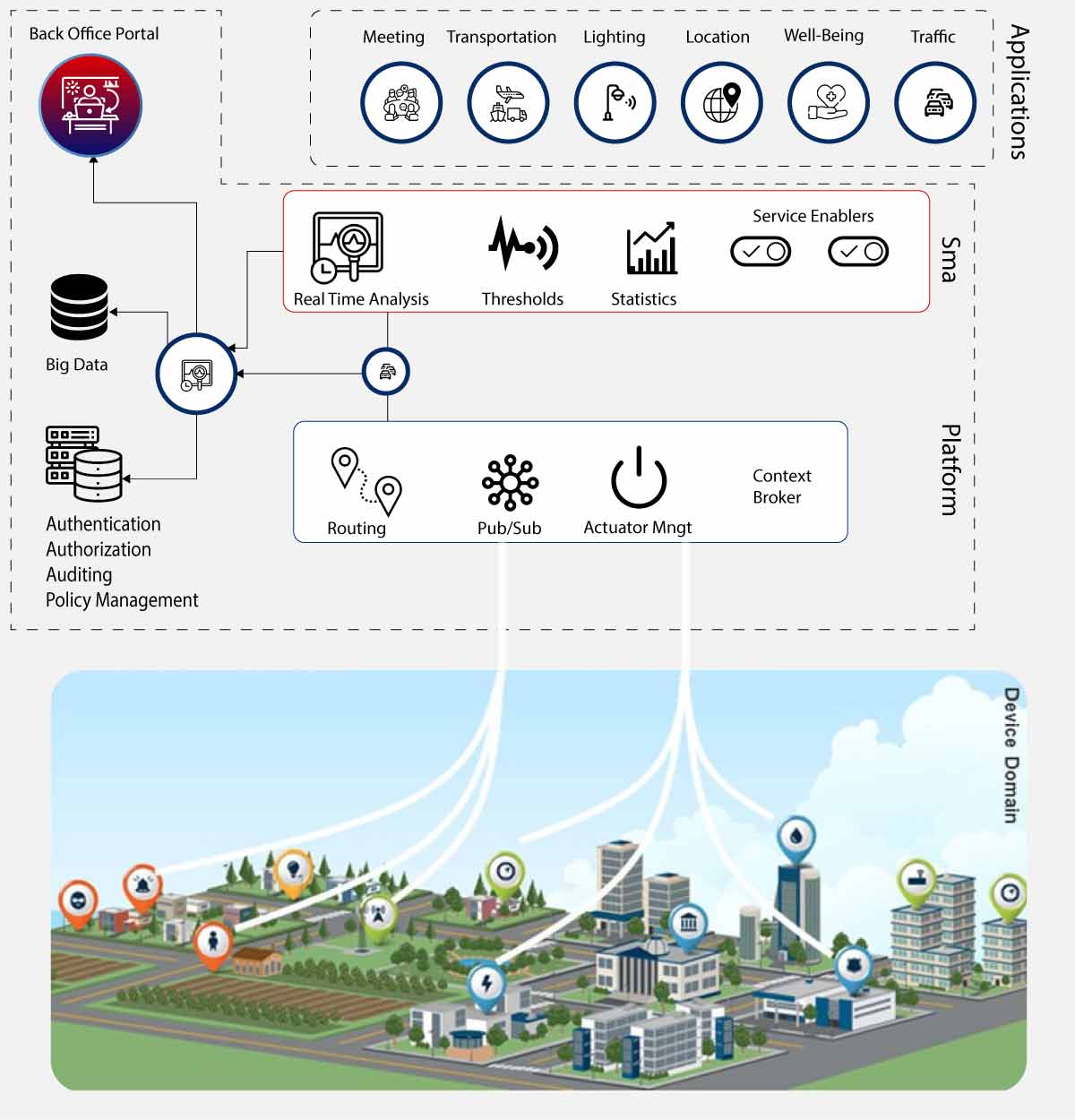
Here’s a six-step implementation plan to build a secure, scalable, and stable IoT architecture for rolling out smart city initiatives:
Critical Components of an IoT-Based Platform
- Sensors collect data and transmit it to a centralized cloud platform.
- Actuators to enable devices to act – restrict water flow, modify the lighting, notify about impending repairs, etc.
- Field Gateways to enable data collection, compression, and secure transmission between network nodes and the cloud part.
- Data Lake to store information in its raw, unstructured format until it is needed for extracting meaningful insights.
- Data Warehouse to contain all the structured and defined data about connected devices and control apps.
Tracking & Analytics
Smart cities can monitor the device environment and predefine rules to control pipelines, electronic valves, and distribution systems based on a set criterion. The collected data can be visualized on a centralized dashboard to stay on top of every public utility service.
Predictive Models
Deep analytics leverages machine learning algorithms and statistical analysis to reveal patterns and correlations in historical data. This information is then used to create predictive models employed in control applications to command the actuators embedded in connected devices and vehicles.
Automated Controls
Control applications enable the automation of connected objects by sending commands to complete a specific task. These apps can be rule-based or ML-based, depending on the application.
User Applications
A desktop user app for traffic control centers to alter signals, re-route part of the traffic, and relieve congestion. A mobile app that uses GPS data detects a jam and notifies the driver to take a different route.
Integrations
A smart city can integrate its traffic management solution with intelligent air quality monitoring software. This cross-solution integration helps control both traffic and air quality dynamically.
The Future of IoT and Smart Cities
With its wide range of applications and benefits, IoT helps governments efficiently manage transport, infrastructure, and public services. The implementation of smart city projects results in the same outcomes of safer cities, green environments, reduced energy consumption, and optimal use of limited resources. To a great extent, these initiatives are enabled with IoT capabilities, due to which their growth and development will only accelerate in the coming years. And as more and more cities continue to leverage IoT technology globally, the more their citizens and municipalities will benefit from its use.
As an experienced IoT development consulting company, We are fully equipped to build smart city initiatives that offer an enhanced experience for all ecosystem partners by harnessing IoT’s pervasive connectivity, end-to-end security, and open data.
Frequently Asked Questions
Q. What is a Smart City & Why Do We Need Smart Cities?
A. It largely depends on the ICT framework (Information and Communication Technologies) to implement sustainable development initiatives addressing growing urbanization issues. It uses IoT devices such as connected sensors, lights, and meters to collect and analyze data. Citizens use smartphones, connected vehicles, and homes to interact with smart city solutions.
Smart cities are designed to leverage the power of technology and data to improve the quality of life for citizens, enhance sustainability, and streamline the delivery of essential services.
Here are a few reasons why we need IoT for smart cities,
- Better Resource Management: They use technologies such as the Internet of Things (IoT), artificial intelligence (AI), and big data analytics to optimize resources such as energy, water, and transportation. This can lead to cost savings, reduced waste, and increased efficiency.
- Improved Quality of Life: They improve citizens’ quality of life in several ways. For example, they can use data and technology to provide better healthcare, education, and public safety services. They can also make it easier for citizens to access information and participate in civic life.
- Increased Sustainability: Smart cities are designed to be more sustainable by reducing energy consumption, promoting renewable energy sources, and minimizing waste. This can help mitigate climate change’s effects and make cities more resilient.
- Economic Development: They stimulate economic development by attracting new businesses and creating new jobs. They can also improve the efficiency of existing businesses, which can help to boost the local economy.
Overall, smart cities are a way to create more livable, sustainable, and efficient cities that can meet the needs of citizens today and in the future.
Q. IoT in the Smart Cities Market
A. Urbanization is a never-ending phenomenon.
- 3 million people move to cities every week worldwide –estimated that by 2040, a whopping 65% of the global population will reside in cities. This number is expected to hit 6.3 billion by 2050 with population growth.
- The market size of smart cities globally is projected to touch $6,061 billion by 2030. The smart utility segment accounted for a 28% market share in 2022 and includes domains such as energy distribution, infrastructure management & water treatment, among others.
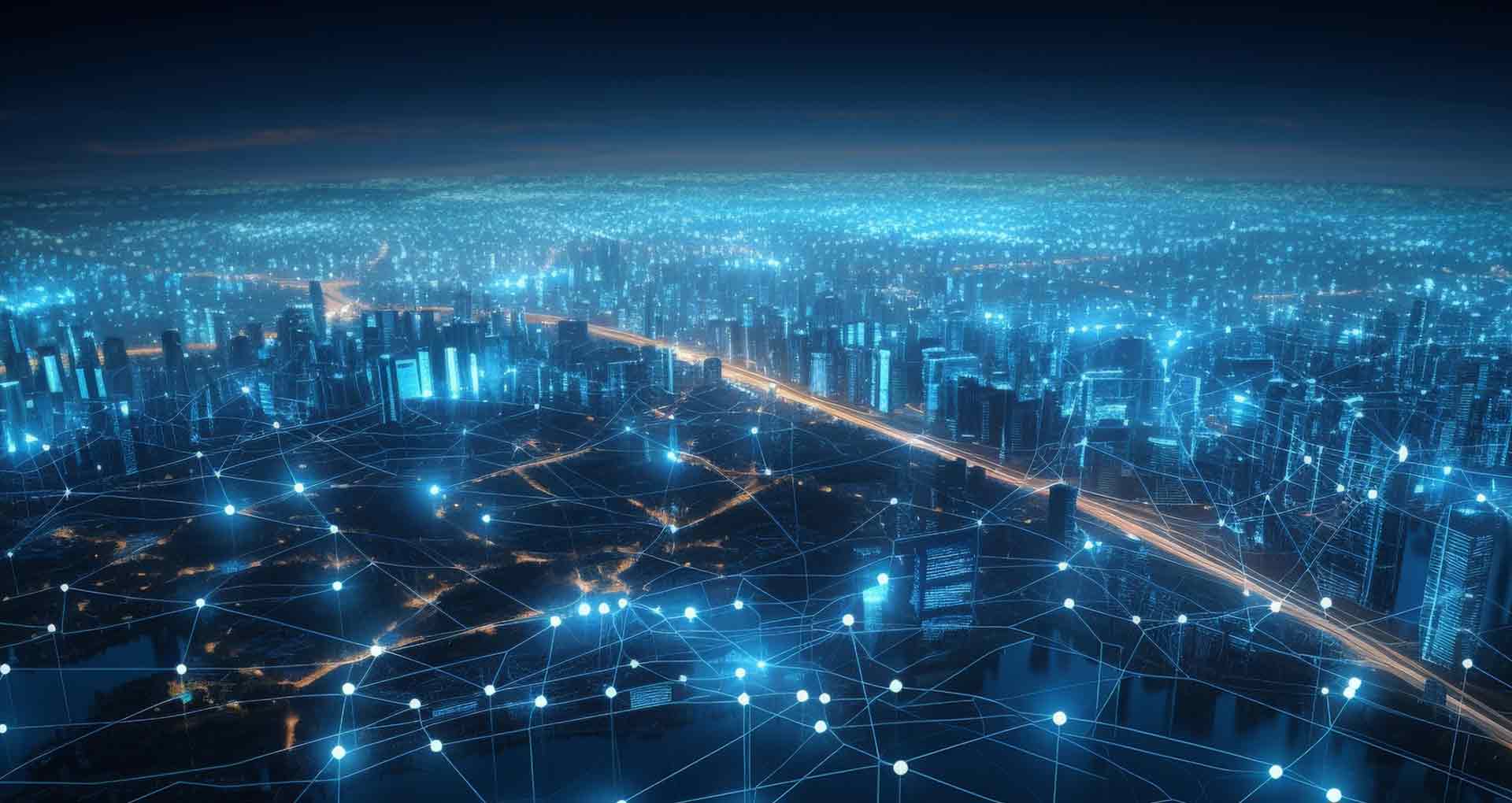
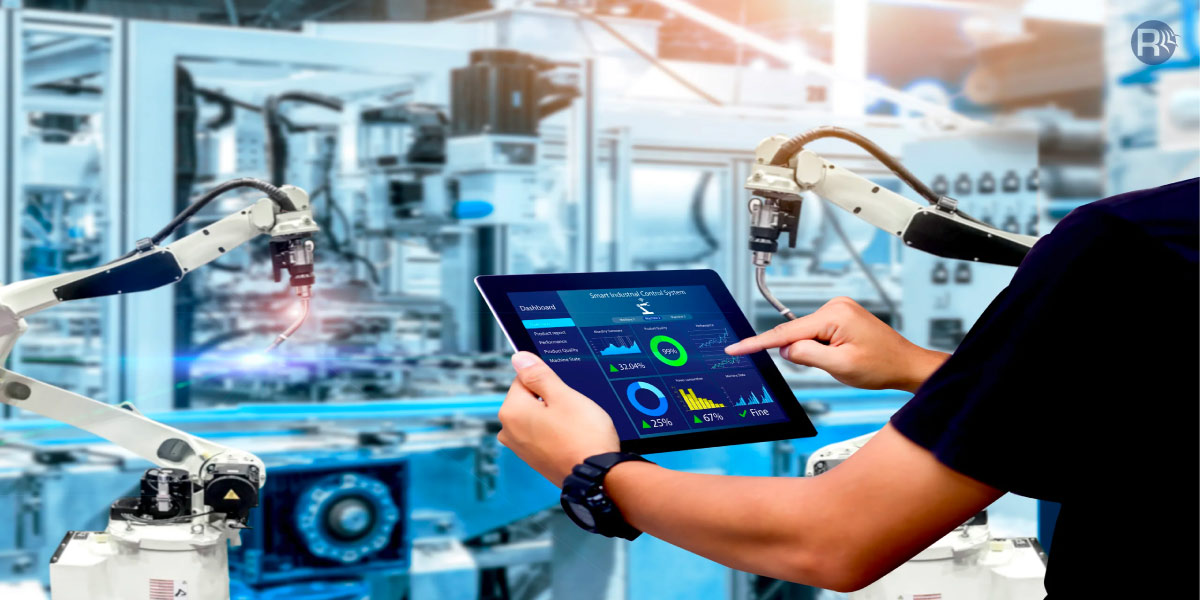
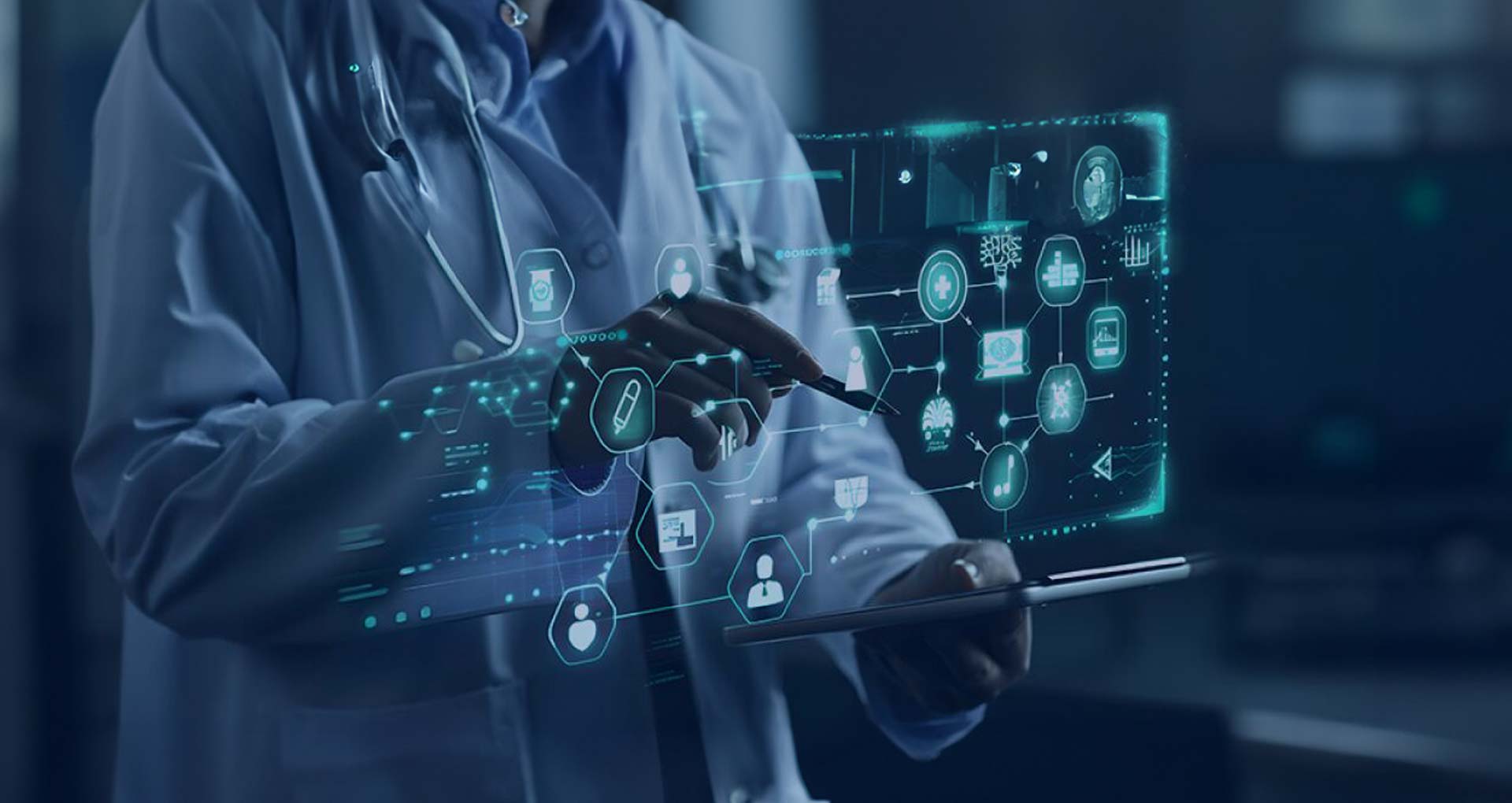
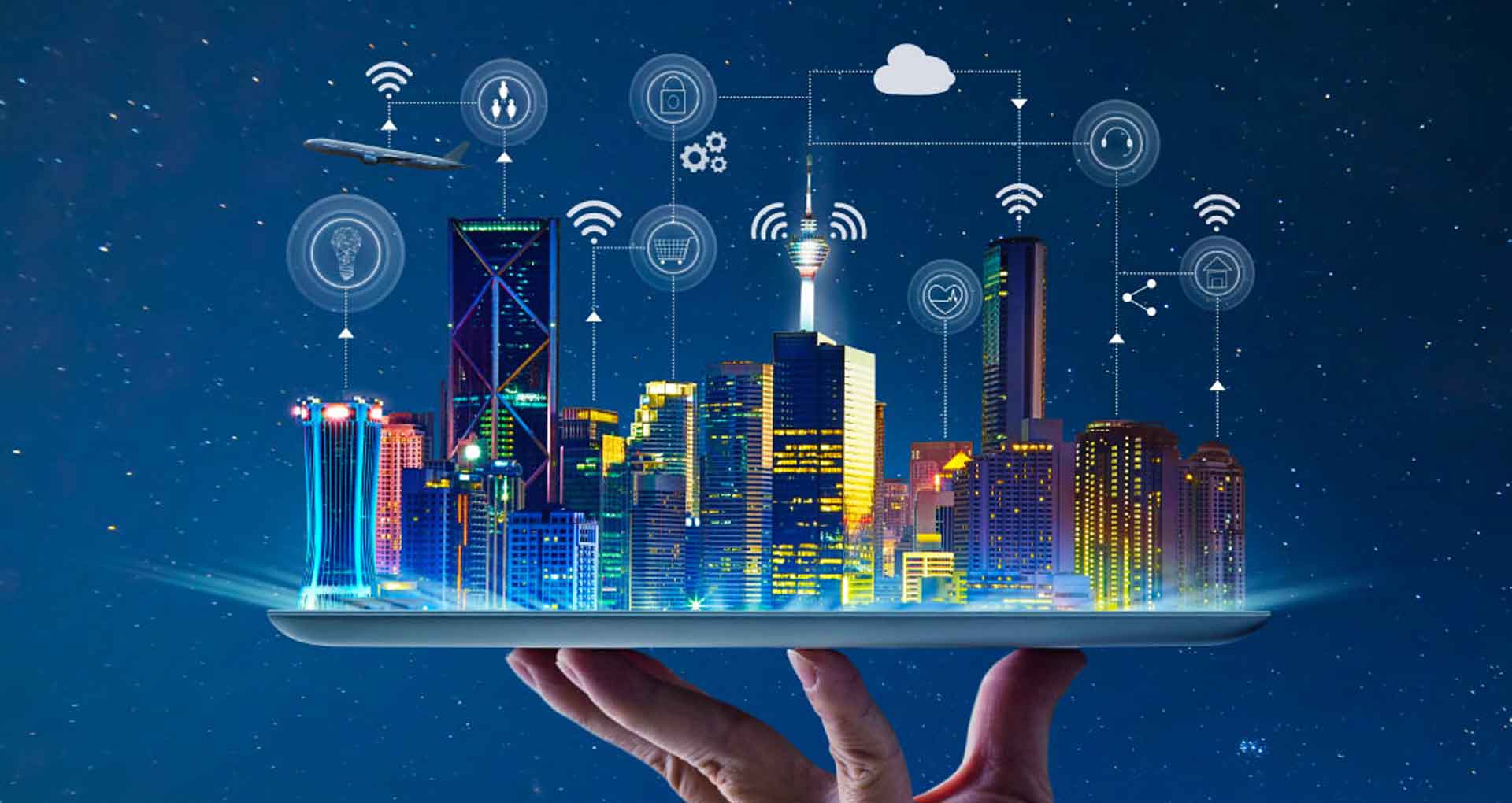
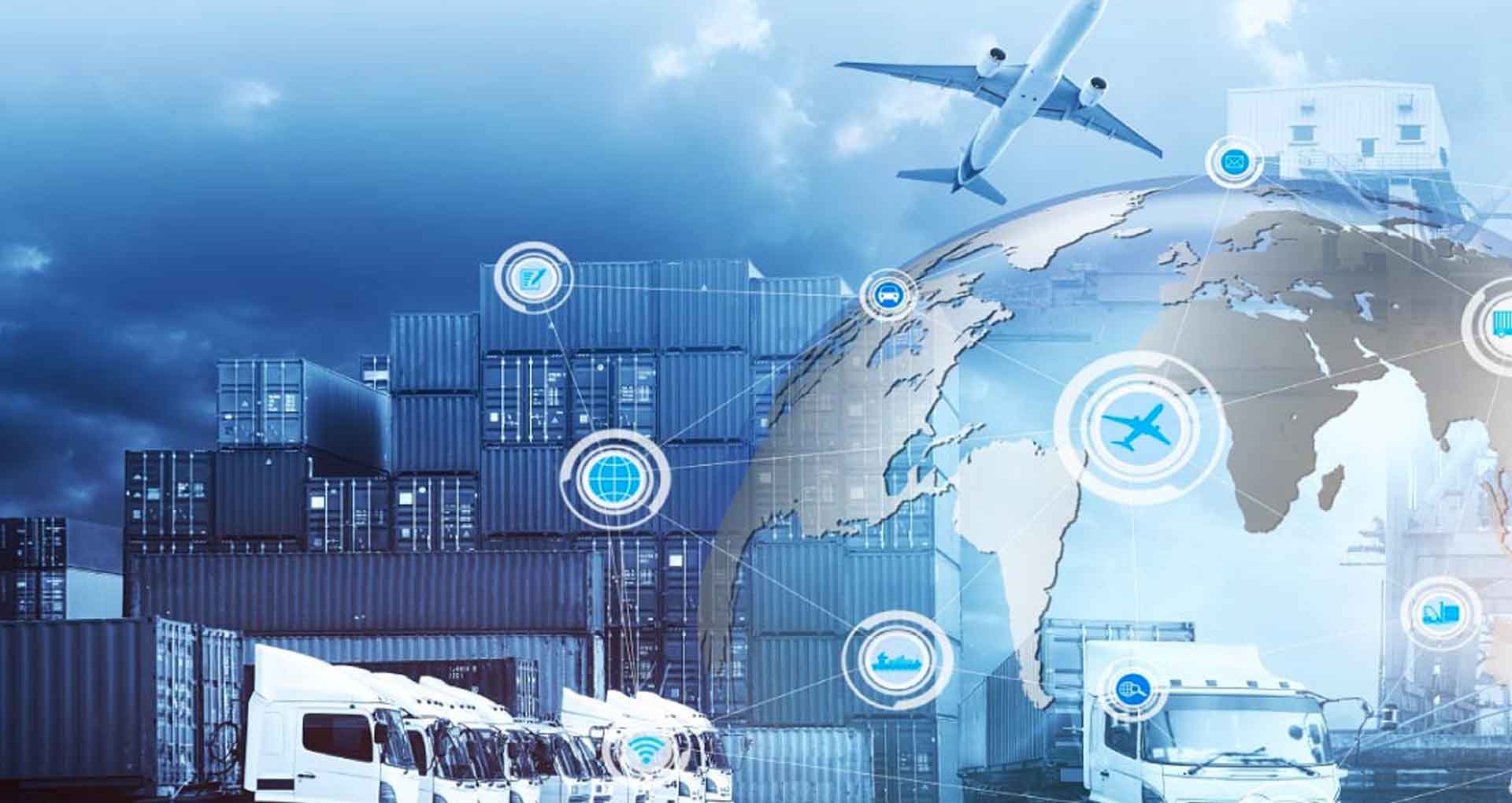





 30 Min
30 Min


